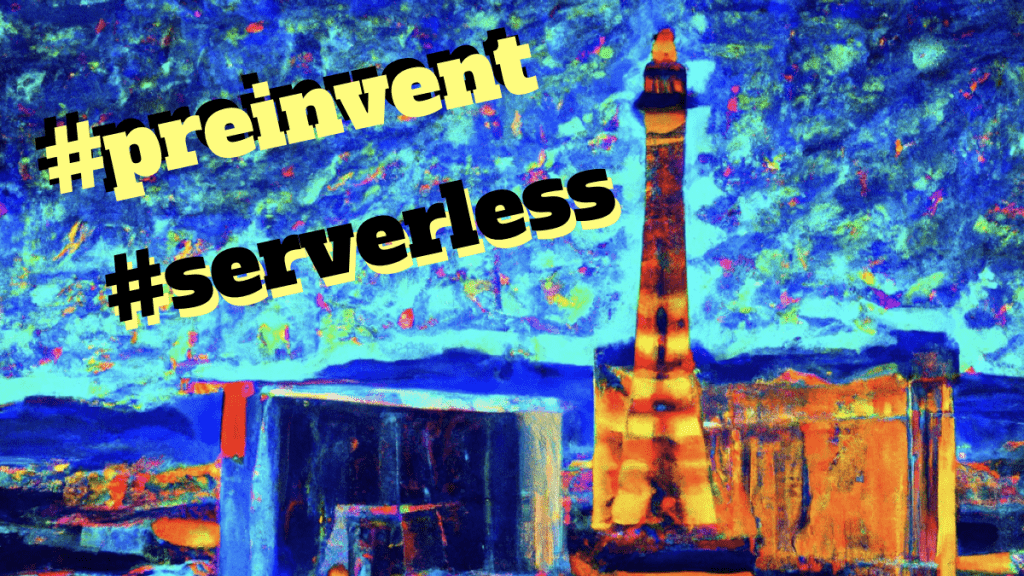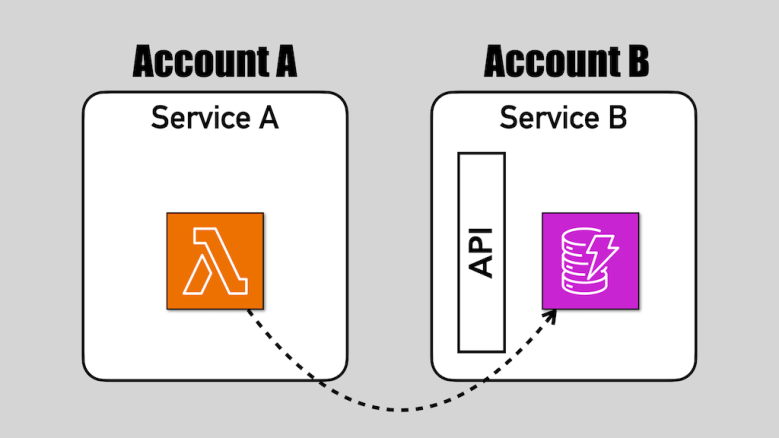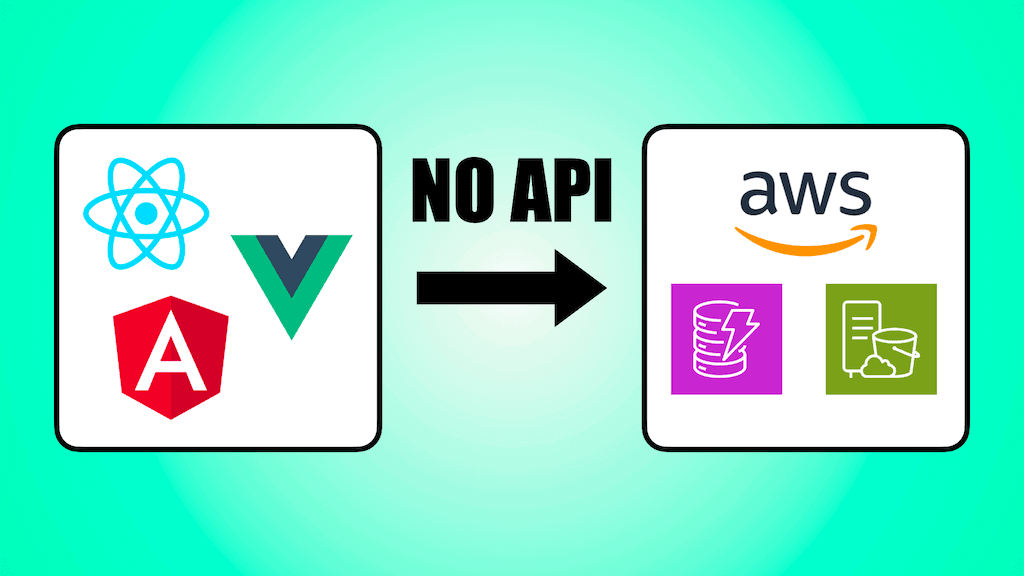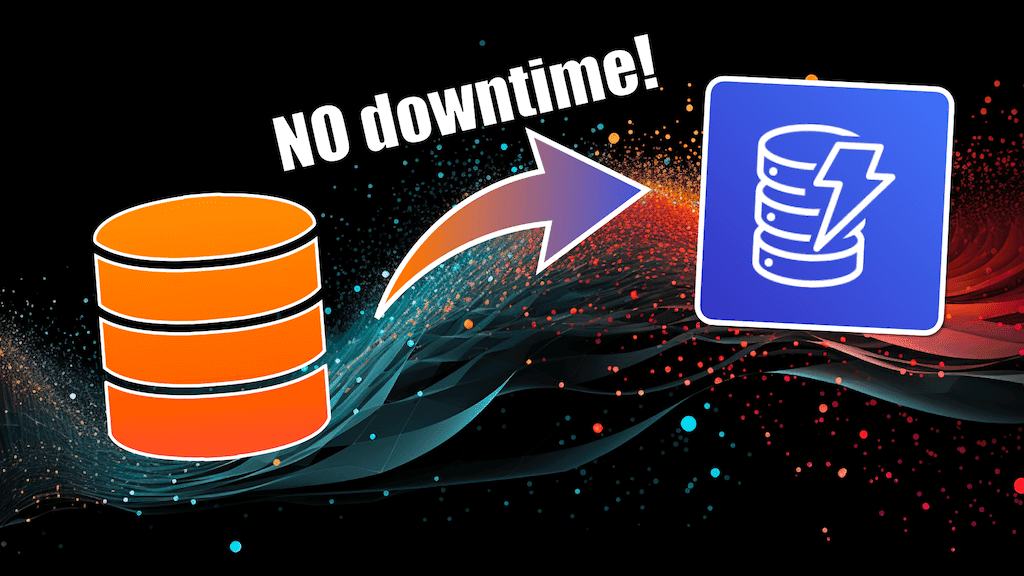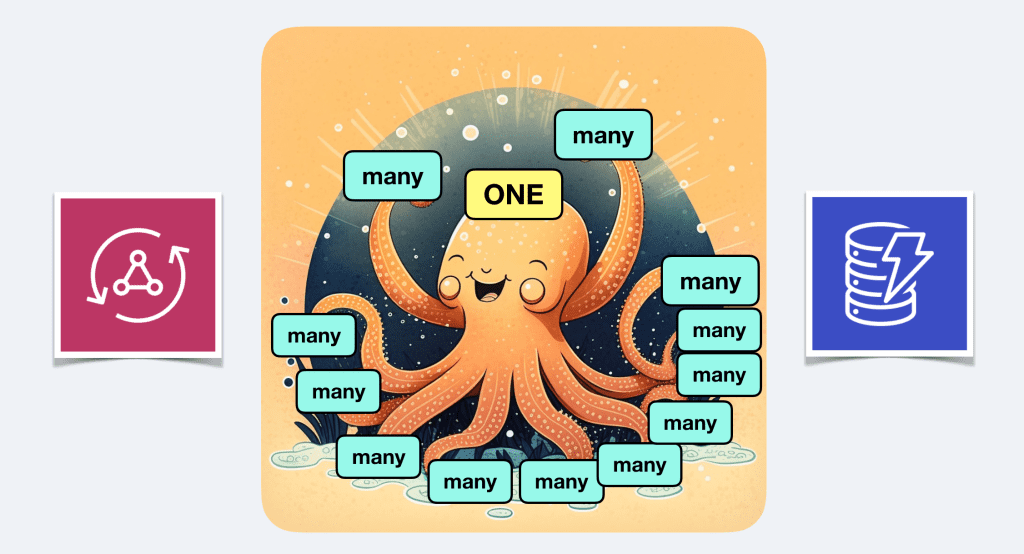The biggest pre:invent serverless announcements you may have missed
Here are the best pre:Invent serverless announcements, featuring:
* API Gateway integration with ALB (without NLB)
* API Gateway supports response streaming
* DynamoDB supports multi-attribute composite keys
* ALB adds built-in JWT verification
* Step Functions adds mocking support to its TestState API
* S3 supports Attribute-Based Access Control (ABAC)
* Lambda doesn’t need NAT Gateway anymore!
* Lambda supports native tenant isolation
* Lambda adds provisioned mode for SQS ESM
* Lambda ups max payload size for async invocations to 1MB
* Lambda supports Python 3.14
* Lambda’s Rust support goes GA
* CloudFront introduces flat rate price plan

